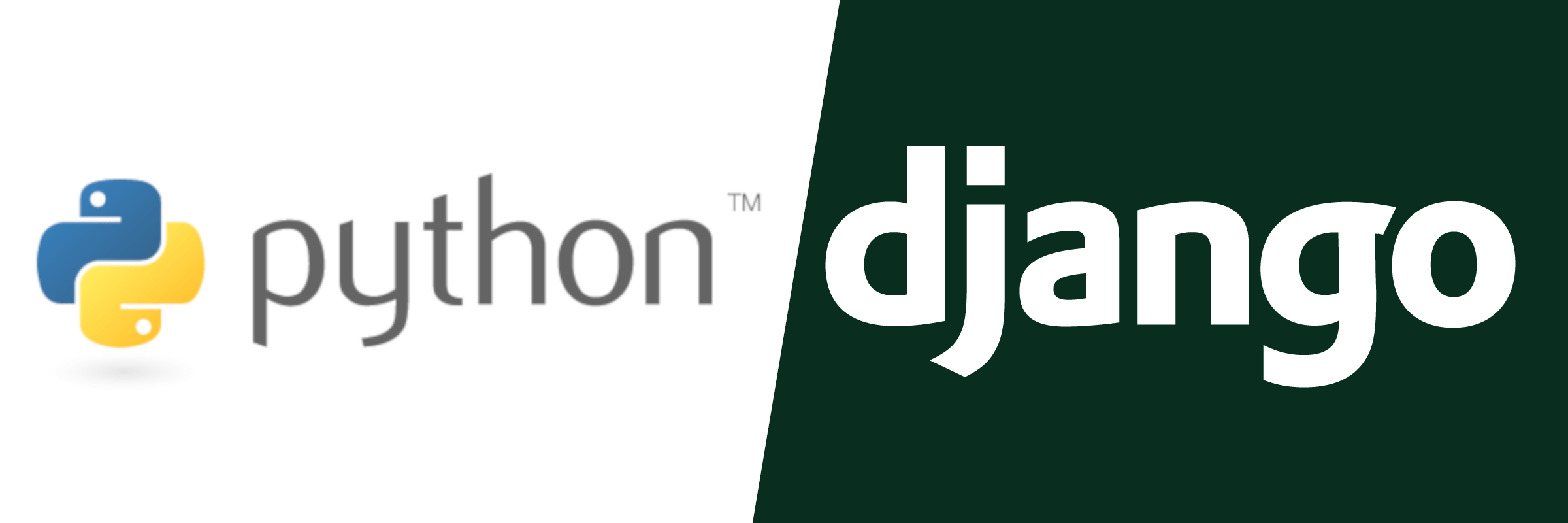Notes
In this episode, we turned our attention to handling settings and configuration. We discussed different techniques for handling settings, looked at available tools, and started integrating one of the tools into the project.
The initial discussion in the stream focused on different ways of doing settings. I talked about what I view as a difference between configuration (mostly static stuff) and settings (dynamic parts of the app).
I also discussed where to get settings from. We talked about the 12 Factor App style with environment variables, and secret management tools like HashiCorp Vault and AWS KMS. Ironically, I blanked out on AWS Secrets Manager as an option. Additionally, we considered the alternative of reading settings from a file instead of environment variables and the security implications of environment variables.
After digging into strategies, I showed the documentation of popular tools in the Django space. We found some of these tools listed on the new Django Forum!
django-environ
was the first tool
that we looked into.
The package supports the 12 Factor pattern
and is designed to work
with environment variables.
It also has the ability to use an .env file
for reading from a file
if desired.
One nice thing about this tool is
that it can translate some conventional environment variables
into standard Django settings patterns.
For instance,
by defining DATABASE_URL,
the tool can produce the entire dictionary
of database settings
by calling env.db().
That’s pretty neat.
The next tool was django-configurations. django-configurations seemed more about handling different environment types using an inheritence scheme. The idea is interesting.
Lastly, we looked at Goodconf. Goodconf lets you define a configuration class that describes all the dynamic settings. From that definition, Goodconf can read from a settings file defined in JSON or YAML format, or it can read from environment variables. I like a lot of aspects about Goodconf. The package lets us define help text to go with the setting. For large projects, this is super useful so that anyone can inspect what a setting is for. Conveniently, a Goodconf config instance can generate the settings file which can then be updated or act as a template.
After evaluating these tools, I concluded that Goodconf was the best fit for College Conductor. We spent the remainder of the stream integrating the tool into the project.
On the next stream, we will flesh out the rest of the configuration and test out the changes on different environments.

